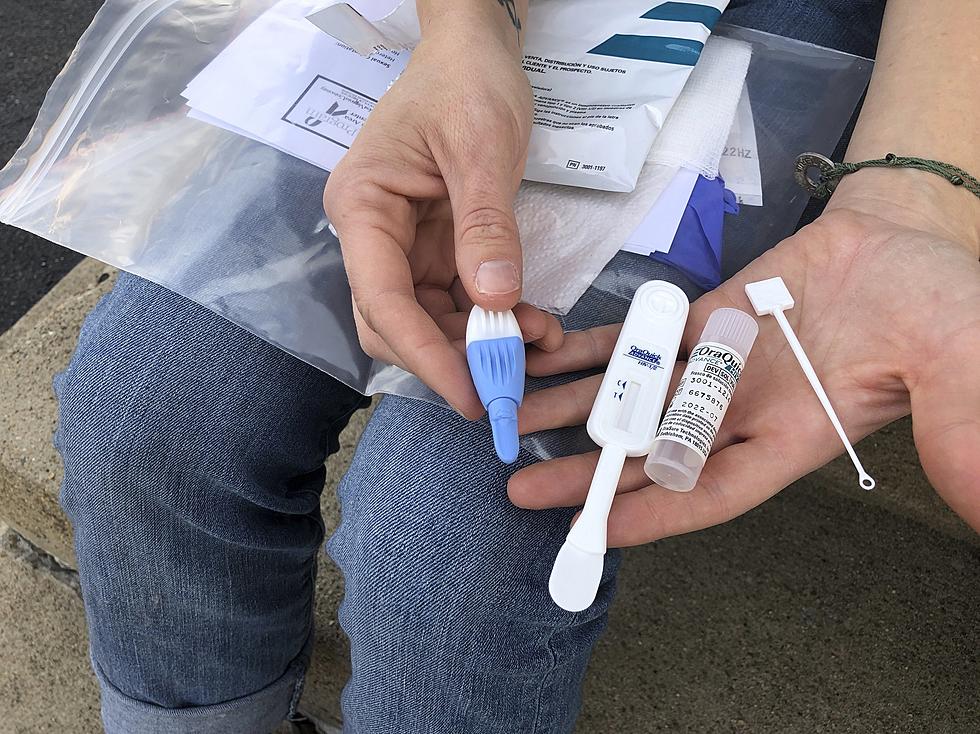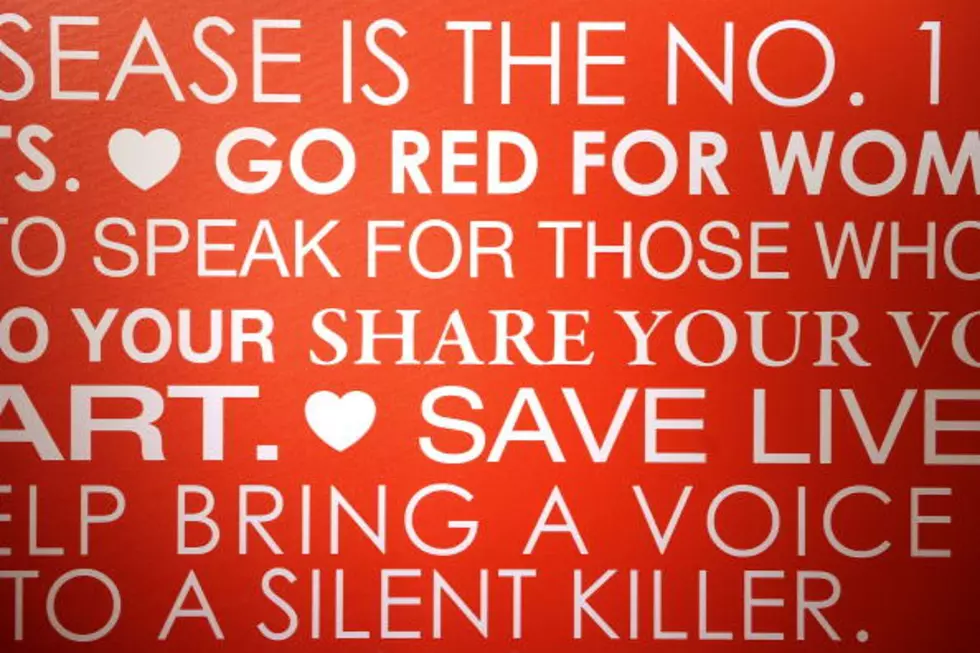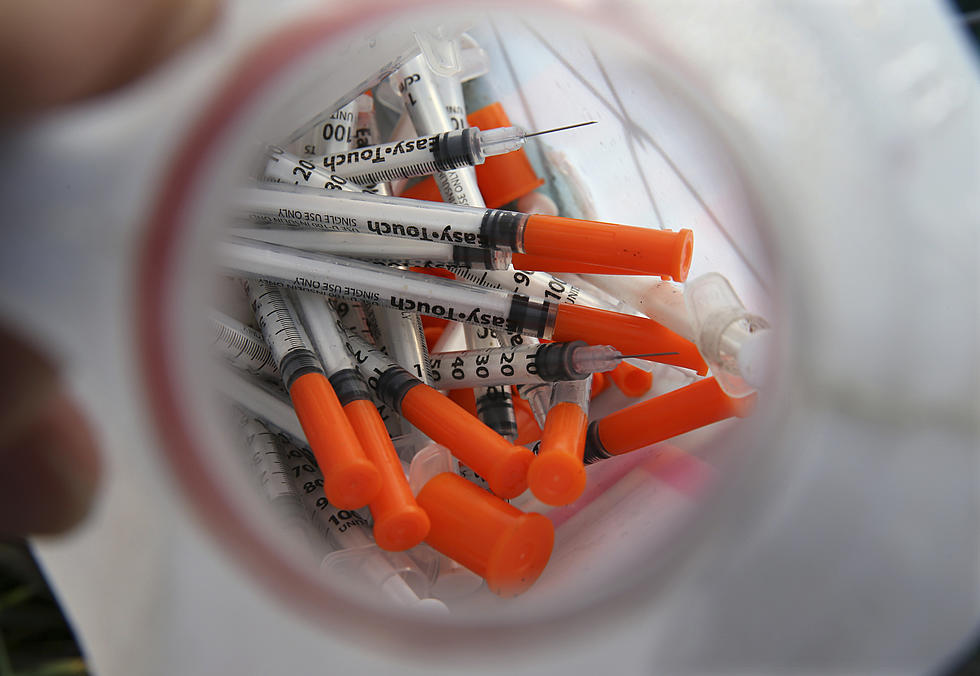
Focus on Pregnanat Women Not Enough
Tackling the female side of the AIDS epidemic means going far beyond today's global focus on pregnant women, specialists told the world's largest AIDS meeting Wednesday.
Already women make up half the world's HIV infections. Adolescent girls are at particular risk in the hardest-hit parts of the world, and protecting them requires addressing the poverty, violence and discrimination that too many women experience around the world, said UNICEF Deputy Executive Director Geeta Rao Gupta.
"These adolescent girls and young women, our sisters and daughters, represent an unfinished agenda in the AIDS response," she told the gathering.
She echoed what has become a recurring theme of the meeting since U.S. Secretary of State Hillary Clinton declared Monday that gender equity is crucial to protecting women.
"Women need and deserve a voice in the decisions that affect their lives," Clinton said.
"The pandemic has a woman's shape," said Annah Sango, 24, of Zimbabwe, who learned she had HIV when she was pregnant and watched her husband die of AIDS a few months later. "We have to reshape our response if we're going to turn the tide."
Topping the world's anti-AIDS goals for women is the effort to nearly eliminate mother-to-child transmission of HIV. The number of babies born with HIV has been dropping steadily for several years as more infected women receive AIDS drugs during pregnancy and while they're nursing -- 57 percent of them last year, according to the United Nations.
But UNICEF HIV adviser Dr. Chewe Luo said that drop isn't happening fast enough to meet the 2015 target date, and a key reason is that many countries focus just on protecting the baby and not on treating the mother for her own good.
Few countries automatically continue providing the life-saving drugs for mom after her baby is weaned, unless her own condition worsens or she gets pregnant again, Luo said.
"Orphaning will continue to increase if we don't actually provide treatment for women," she said.
New guidelines from the World Health Organization encourage countries to start lifelong treatment for all pregnant women, regardless of how healthy they may appear between pregnancies. Luo praised Malawi as the first low-income country to adopt that strategy, and she said Botswana, Rwanda, South Africa and Zambia are considering the same change.
Some 4.8 million people ages 15 to 24 are living with HIV, and two-thirds of them are girls or young women, Rao Gupta added. Sexual violence and conditions of poverty that frequently lead to girls marrying in their teens for economic security, often to much older men, are chief risks in developing countries, she said.
Woman after woman at the conference spoke of those struggles. Hellen Amuge of Uganda showed scars on her arm and chest, left when rebels in one of that country's wars attacked and raped her.
When eventually she was diagnosed with HIV, Amuge said her husband abandoned her and their seven children. "I'm taking my drugs, that's why you see me healthy like this," she said. But while pills are free through internationally financed AIDS programs, she said people in her rural area must travel 50 miles to the nearest clinic for their monthly supply.
"Getting money for transport is a problem."
In South Sudan, Evelyn Letio Unzi Boki said, "Men don't accept to go for testing," and their often-younger, uneducated wives who are dependent on them for economic survival have no recourse.
"Women don't have voices," she said.
Even in the U.S., violence and poverty can play an important role. Here, one in four people living with HIV is female, the vast majority are African-American or Hispanic -- and they're more likely to die of the virus. Increasingly, new infections are concentrated in poor, often inner city, communities where access to health care is limited.
The Affordable Care Act holds the promise of improved treatment for many uninsured Americans with HIV, but a number of states say they may not expand Medicaid services, one key part of that law. A report from the 30 for 30 Campaign, a women's coalition, found those are states with high numbers of HIV-infected women.
In one study cited at the conference, University of California, San Francisco, researchers found twice as many women with HIV have been victims of partner violence as HIV-free women. Women who escape domestic abuse may not have the self-esteem to negotiate safe sex with future partners, specialists said.
UNICEF's Rao Gupta called for innovative solutions to help women and girls protect themselves. She pointed to an experiment in Kenya that pays poor families a few dollars a month to help support AIDS orphans and other vulnerable children. Researchers found teens in those households stayed in school longer rather than quitting to work, and reported fewer risky sexual behaviors such as multiple partners and unprotected intercourse -- maybe because they weren't turning to sex for money.
And Serra Sippel of the Center for Health and Gender Equity said too many HIV prevention efforts are missed opportunities for women. Consider: Projects around Africa pushing male circumcision lower men's risk of heterosexual infection -- but they don't educate those men's wives and girlfriends about the importance of continuing condom use since the protection isn't perfect, Sippel said.
"Women are the blind spot in the AIDS conversation," she said.
(Copyright 2012 by The Associated Press. All Rights Reserved.)
More From New Jersey 101.5 FM









